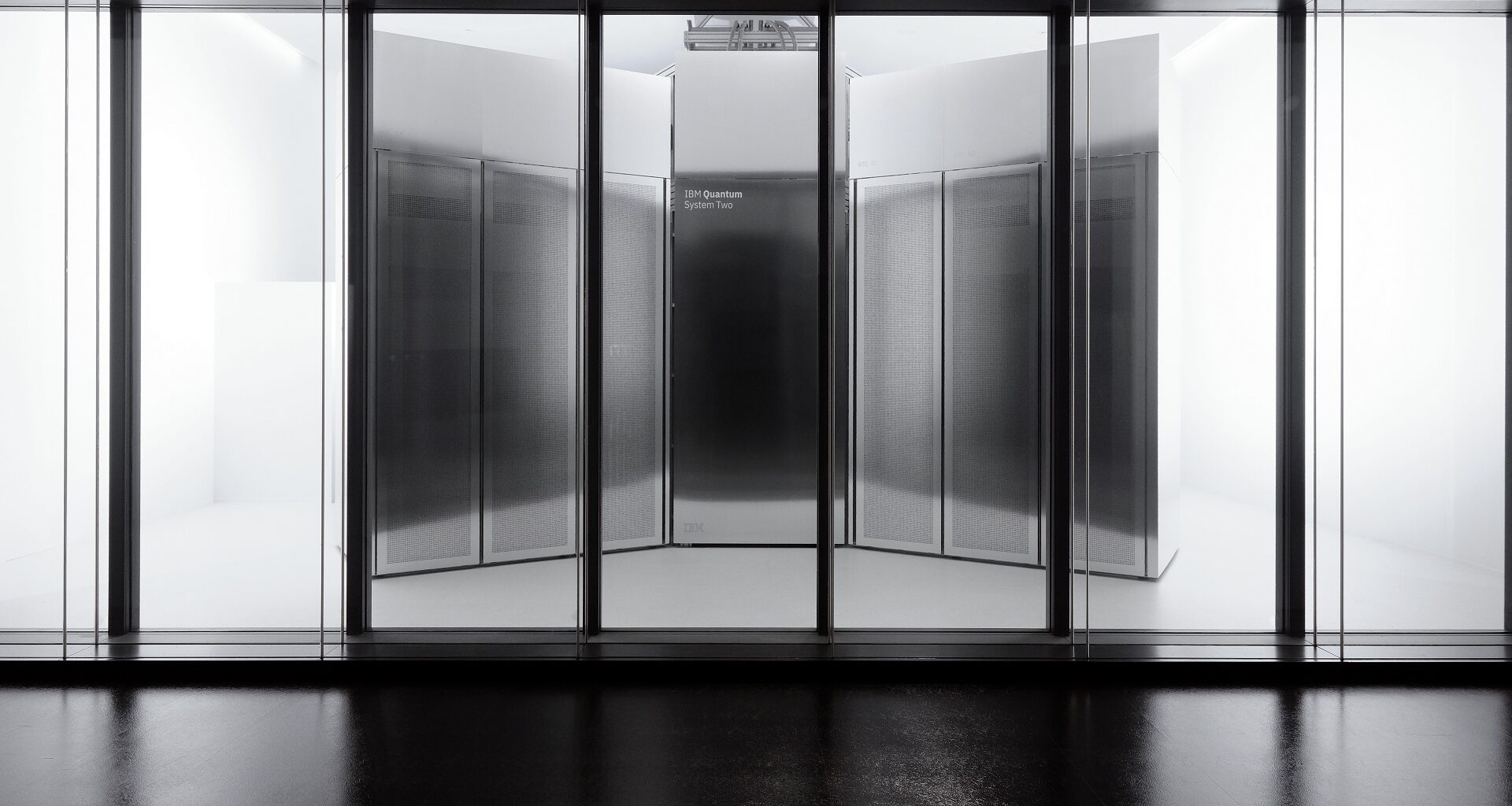Japan now hosts the world’s most advanced quantum–classical hybrid setup, pairing IBM’s cutting-edge quantum system with one of Earth’s fastest supercomputers.
On Tuesday, IBM and Japan’s national research lab RIKEN unveiled the first IBM Quantum System Two installed outside the U.S., integrated directly with Fugaku — the country’s flagship supercomputer.
This marks a major step toward “quantum-centric supercomputing,” where quantum and classical systems work together to solve problems neither could tackle alone.
Fusion of computing power
The system, launched in Kobe, features IBM’s 156-qubit Heron processor, dubbed as the company’s best-performing quantum chip to date. It’s quality and speed is 10 times better than the previous generation 127-qubit IBM Quantum Eagle.
With significantly lower error rates and 10x more circuit speed than its predecessor, Heron is now capable of running circuits beyond brute-force simulation on classical machines.
“The future of computing is quantum-centric and with our partners at RIKEN we are taking a big step forward to make this vision a reality,” said Jay Gambetta, VP, IBM Quantum.
“The new IBM Quantum System Two powered by our latest Heron processor and connected to Fugaku, will allow scientists and engineers to push the limits of what is possible.”
Algorithms at new scale
Researchers at RIKEN will use the system to advance quantum-classical hybrid algorithms, starting with challenges in chemistry and materials science. The direct link between Heron and Fugaku will enable low-latency, instruction-level coordination between the two machines — a crucial step in developing practical applications for near-term quantum hardware.
“By combining Fugaku and the IBM Quantum System Two, RIKEN aims to lead Japan into a new era of high-performance computing,” said Dr. Mitsuhisa Sato, Division Director of the Quantum-HPC Hybrid Platform Division, RIKEN Center for Computational Science.
“Our mission is to develop and demonstrate practical quantum-HPC hybrid workflows that can be explored by both the scientific community and industry. The connection of these two systems enables us to take critical steps toward realizing this vision.”
The two systems are connected via a high-speed network at the instruction level, creating a testbed for quantum-centric supercomputing.
This deep integration allows engineers to build parallelized workloads, develop low-latency quantum–classical communication protocols, and optimize software stacks. By letting each system handle the parts of a task it’s best suited for, the setup plays to the strengths of both paradigms.
The installation of IBM Quantum System Two at RIKEN builds on earlier collaborative work between IBM and RIKEN researchers aimed at achieving quantum advantage — the point where quantum systems outperform classical ones in speed, cost, or accuracy.
One such effort, recently featured on the cover of Science Advances, used sample-based quantum diagonalization (SQD) to model the electronic structure of iron sulfides — a complex compound found widely in natural and organic systems.
Accurately simulating such materials was once thought to require fault-tolerant quantum computers, but SQD offers a glimpse of what near-term quantum machines can already achieve when tightly integrated with powerful classical infrastructure.
